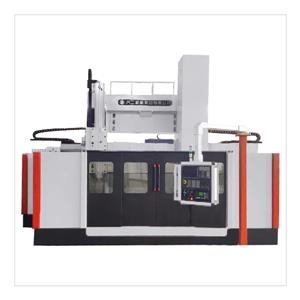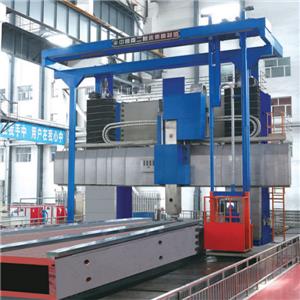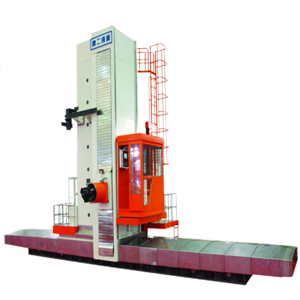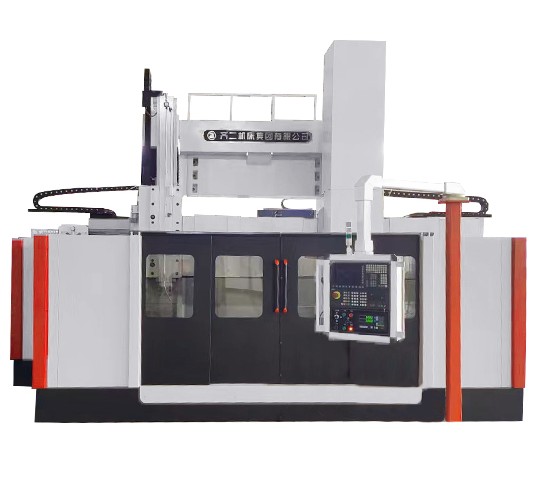What is the difference between rough machining and finishing machining on CNC lathes
The machining of CNC lathes mainly involves machining rotating workpieces with cutters, which can process various types of rotating surfaces, such as cylindrical, conical, circular, spherical, and so on., It can also perform machining processes such as slot cutting, reaming, drilling, and reaming, integrating precision lathes and special lathes, with high machining accuracy and efficiency.
CNC lathes require finishing after rough machining, as a workpiece requires forging, rough machining, modulation, finishing, and intermediate frequency machining. Rough machining is typically used before modulation. If you do not perform rough machining, but directly perform finishing, the processing amount will be large. Moreover, the workpiece after modulation is relatively hard, and turning from the rough embryo to the finished product will particularly consume the cutter head.
First, briefly introduce the rough machining and finishing of CNC lathes.
Rough machining on a CNC lathe is the process of removing more machining allowance from a workpiece. Rough machining generally uses a low speed, large cutting tool to quickly remove excess metal material from the workpiece, and the product size is the semi-finished product process size rather than the finished product process size. Low accuracy, rough machining surface, and high production efficiency are usually preparation processes for finishing.
The finishing of CNC lathes is also known as finishing. There are two main methods for achieving workpiece finishing. One is to use a high-precision CNC lathe to process high-precision workpiece; The second is to use error compensation technology to improve the machining accuracy of the workpiece. Through high-precision and rigid lathes and fine grinding tools, thin metal materials are cut off on the surface of the workpiece with a higher cutting speed, a smaller tool intake, and a smaller feed rate.
Differences between rough machining and finishing machining on CNC lathes:
The difference between rough machining and finishing machining on CNC lathes is that one is rough machining, and the other is finishing machining. The latter pays more attention to details than the former. Rough machining aims to quickly remove the remaining amount of the workpiece surface, cutting as much as possible in a short time, and the dimensional accuracy and surface quality of the workpiece are relatively low. The purpose of finishing is to remove thin metal material from the surface of the workpiece to achieve higher accuracy and surface quality.
During rough machining, the main choice of cutting quantity is to improve production efficiency, followed by economy and processing costs. Therefore, when considering the cutting amount of rough machining, it is necessary to select a larger cutting amount within the allowable range, then select a larger feed amount, and then select a smaller cutting speed. During finishing, the main choice of cutting quantity is to ensure machining quality, followed by improving production efficiency and tool life. Therefore, when considering the cutting amount for finishing, it is generally preferred to choose a smaller cutting amount, followed by a smaller feed amount, and a larger cutting speed can be selected.





